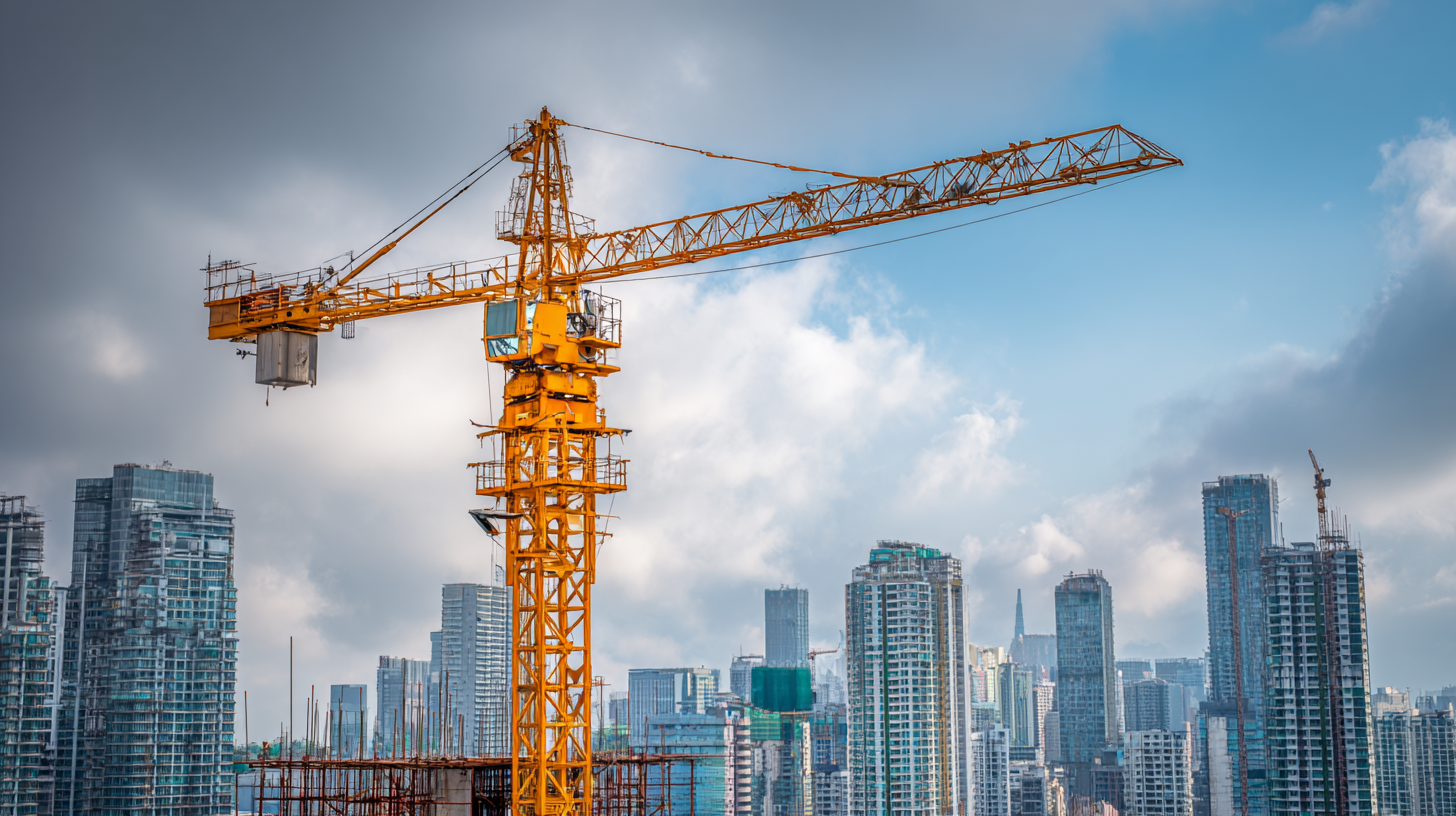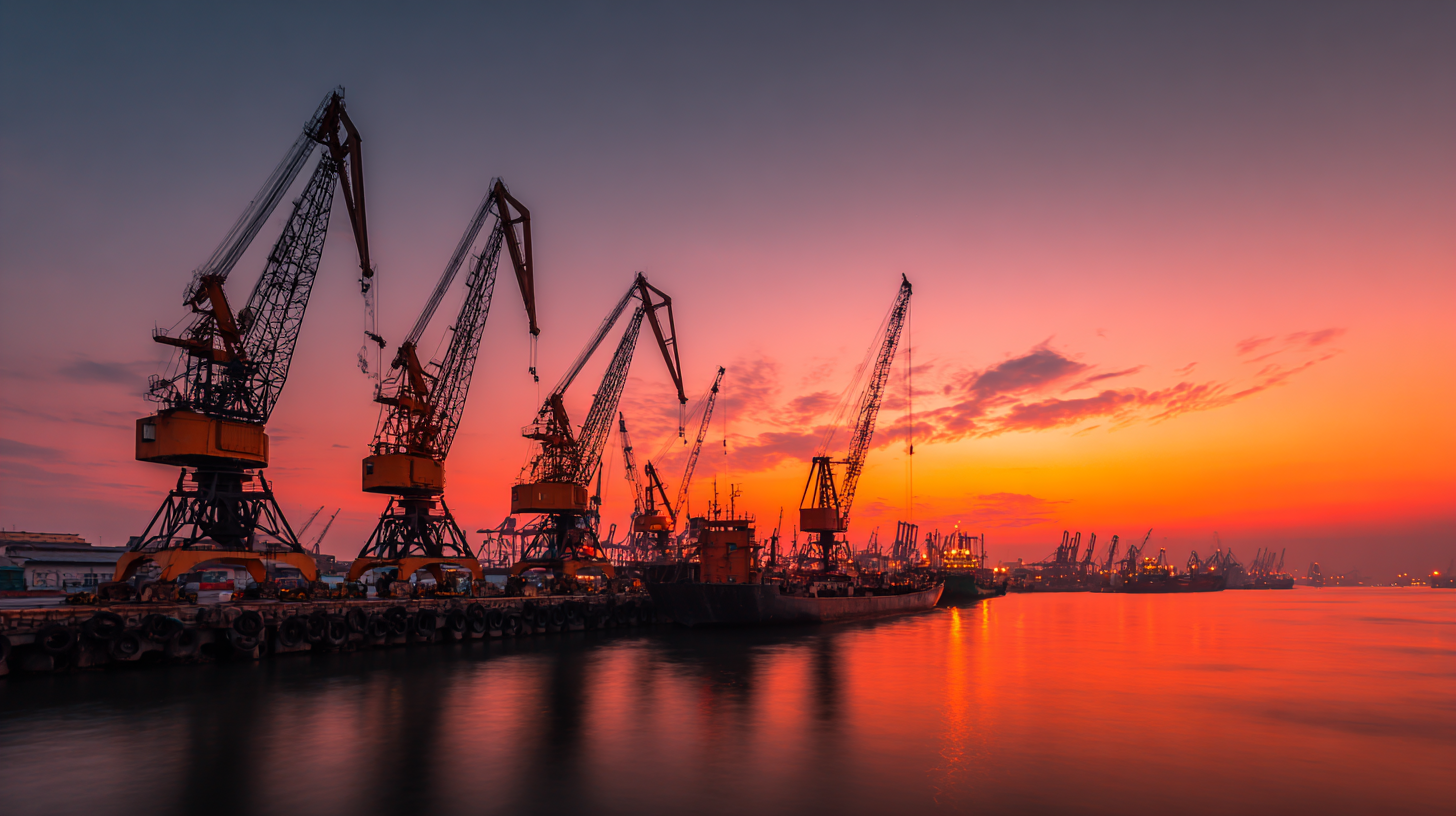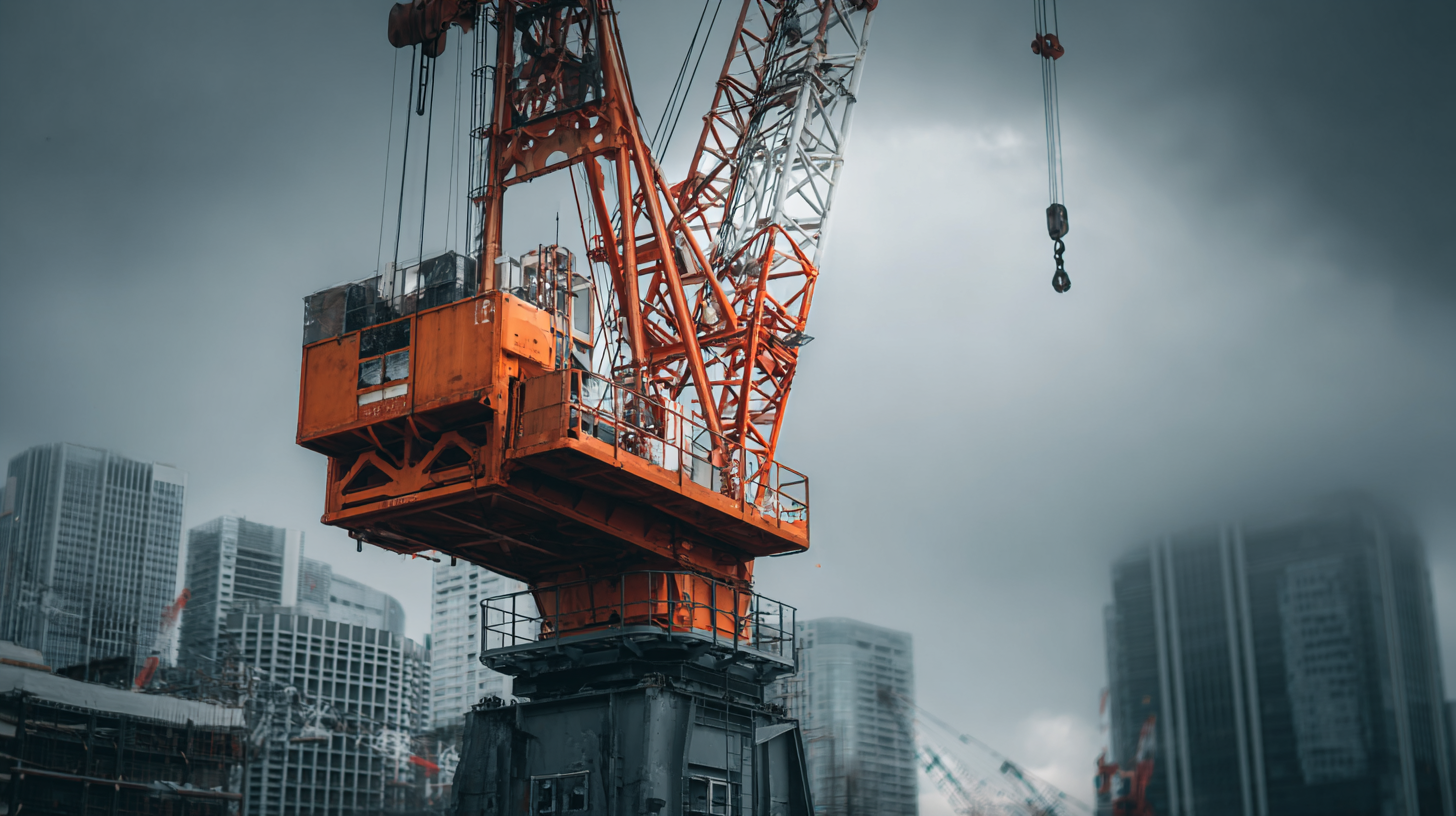In the ever-evolving landscape of construction, choosing the right equipment can significantly impact project efficiency and cost-effectiveness. Among the myriad of options available, the Tower Crane Mobile stands out as a versatile solution that enhances productivity on various job sites. According to a recent report by the Global Construction Equipment Market Insights, the demand for mobile cranes, particularly tower cranes, is expected to grow at a compound annual growth rate (CAGR) of 6.4% from 2023 to 2030. This growth is driven by the increasing need for high-rise infrastructure and urban development worldwide. As construction projects become more complex, selecting the appropriate Tower Crane Mobile is crucial to ensure safe, timely, and budget-friendly project completion.

This guide aims to help contractors and project managers navigate the selection process by providing insights into the essential features, options, and considerations for their specific construction needs.
When selecting the best tower crane for your construction project, several key factors must be considered to ensure optimal performance and efficiency. First, evaluate the lifting capacity required for your project. Tower cranes come in various sizes, and understanding the weight of materials and the height of the lift is crucial. Ideally, choose a crane that not only meets your current needs but also accommodates potential future demands as your project evolves.

Another crucial factor is the crane's reach and height. Depending on the structure's design and site layout, you'll need to determine how far the crane can extend and how high it can lift materials. Site conditions, including ground stability and surrounding structures, also play a critical role in this assessment.
Additionally, consider the type of foundation required for the crane; a well-planned foundation will enhance the crane's stability and safety during operations, which is essential for protecting both workers and the integrity of the project.
When it comes to construction projects, selecting the appropriate type of tower crane is critical to ensuring
efficiency and safety on site. Among the various types available, five stand out due to their unique features and suitability for specific construction needs.
The first, the Standard Tower Crane, is ideal for general construction tasks, offering a lifting capacity of up to 20 tons and a reach of 60 meters. This versatility makes it a favorite among contractors.
Next, the Flat-Top Tower Crane is particularly advantageous in urban settings where height limitations are a concern. With a modular design that allows for easy assembly and disassembly, it can support loads of up to 10 tons while maintaining stability and a lower profile.
Additionally, the luffing jib crane excels in sites with restricted space, allowing for precise movements in tight areas. According to a report by Research and Markets, the global tower crane market is projected to grow at a CAGR of 6.5% from 2021 to 2026, highlighting the increasing importance of tailored machinery like these.
Finally, the Hammerhead Tower Crane offers exceptional lifting capabilities for long-span structures, making it a go-to choice for the construction of bridges and high rises. With a lifting capacity reaching up to 40 tons, it can handle heavy materials required for larger projects.
Understanding these differentiations not only helps in selecting the right crane but also optimizes productivity and ensures the safety standards of any construction endeavor.
When selecting a mobile tower crane for construction projects, understanding the essential features can significantly influence efficiency and safety. One of the key aspects to consider is the crane's lifting capacity. According to a report by the International Cranes and Specialized Transport (ICST), cranes with a lifting capacity of 2 to 5 tons are prevalent in urban construction, where space is often limited. This range is not only suitable for lifting materials but also aids in maneuverability within tight job sites.

Another critical feature is the crane's height and reach. The same report highlights that the optimal operational height for mobile tower cranes generally ranges between 30 to 50 meters, depending on project specifications. This height allows for effective vertical lifting while maintaining a compact form factor, making mobile tower cranes ideal for high-rise building tasks. Additionally, the crane's ability to rotate 360 degrees enhances its versatility, enabling it to service multiple locations within a single site effectively. Thus, selecting a mobile tower crane with these essential features ensures streamlined operations and enhances productivity in construction projects.
When selecting a tower crane for your construction project, understanding the weight capacity is crucial. The weight capacity, often referred to as the rated load, determines how much material the crane can lift safely. Before choosing a crane, assess your project's specific lifting requirements. Consider the types of materials you’ll handle, their weights, and how frequently you’ll need to lift them. Accurate estimation ensures you select a tower crane that can accommodate your needs without risking overloading.
Another important factor is the crane’s configuration and height. Different tower cranes have varying specifications based on their design and intended uses. For instance, a flat-top crane may have a higher load capacity at substantial heights compared to a hammerhead design. Check the manufacturer’s information for load charts that detail how weight capacity changes with boom length and height. By carefully evaluating these factors, you can select a tower crane that not only meets your lifting needs but also maximizes safety on site.
When selecting a tower crane for construction projects, understanding the safety standards and regulations governing their operation is paramount. Recent updates from regulatory bodies indicate a focused effort to enhance safety protocols. For instance, WorkSafeBC has implemented new regulations effective October 2024 aimed at improving procedural safety during crane activities. These updates come in response to rising incidents and emphasize the importance of proper slinging methods and load management to mitigate risks associated with crane operations.
Further studies, such as those examining wind-induced tower crane vibrations, underline the necessity for a comprehensive safety evaluation framework. With fluctuating wind loads identified as a significant factor affecting crane stability, it's essential for operators to adopt rigorous safety assessments to prevent accidents. The introduction of best practice codes by industry partners also serves to guide builders and contractors through the complexities of safely operating and dismantling tower cranes. Adopting these standards not only fosters a safer work environment but also significantly reduces the likelihood of “struck-by” incidents, which are a prevalent concern within lift zones.
This chart illustrates the importance level of various factors when choosing the best mobile tower crane for construction needs. The key categories include Safety Standards, Regulatory Compliance, Operational Efficiency, Mobility, and Installation Time, each rated on a scale from 1 to 10.
